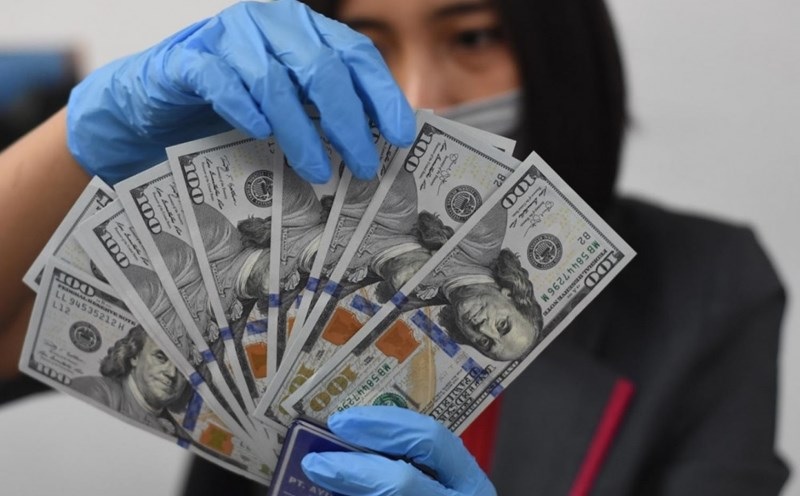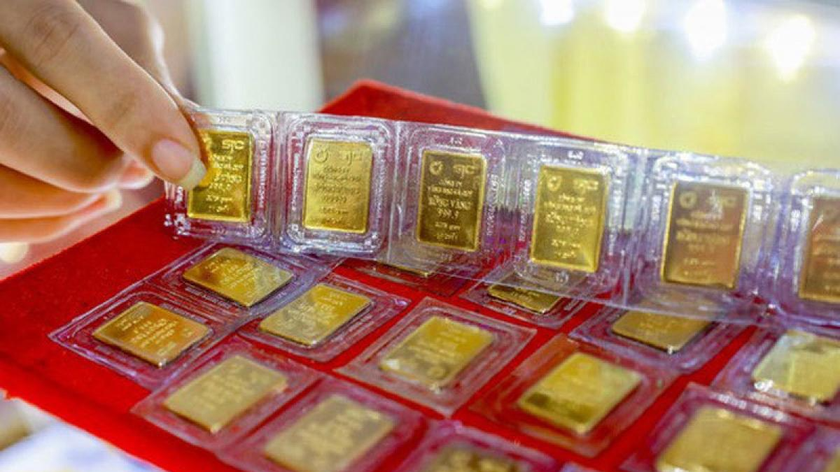The USD/VND rate may rise by 2-3% in 2024
According to Mr. Nguyen Minh Tuan, CEO of AFA Capital, the rising free USD exchange rate has little impact on the fx market. In 2024, the VND's depreciation range is expected to be between 2-3%, which is considered reasonable.
In the first two weeks of 2024, the USD/VND rate at banks and on the free market climbed somewhat. As of January 18, USD was practically traded at 25,000 VND in the free forex market.

Previously, such information was of enormous interest to banks and central banks since USD was widely used in a free forex market and fx market control measures were not yet tight. However, these difficulties are now under strict control.
In an effort to counteract dollarization and goldization, the State Bank of Vietnam (SBV) has slashed interest rates on USD deposits at banks to zero. As a result, together with the gold market, the issues of goldization or dollarization in the economy have been effectively addressed. As a result, exchange-related concerns, particularly the "black market" rate, have lost influence in recent years.
Aside from the upward trajectory of the free USD/VND exchange rate, which is greater and faster, commercial banks' selling rates of USD have also climbed, although they remain within a manageable range. According to him, the VND's depreciation range in 2024 will be between 2 and 3%, which is considered reasonable.
Regarding the growing currency rate, we can all observe that the gap between USD and VND interest rates stays negative since money tends to travel to regions with higher interest rates. Currently, because the USD interest rate is more than 5%, foreigners want to deposit more USD; simultaneously, companies and banks prefer to move money to USD accounts in light of Vietnam's loose monetary policy.
However, this risk will be progressively supported, implying that the disparity will gradually narrow as the minutes of the Federal Reserve's (Fed) meetings all indicate that interest rates will be slashed three times this year.
Other supporting elements include the quantity of USD entering Vietnam on accounts, which is based on four considerations. First, FDI inflows into Vietnam are expected to remain constant in 2024; but, in the long run, the Global Minimum Tax problem may have an impact on this capital flow if proper regulations are not implemented.
Second, the remittance wave remains consistent, particularly at the start of the year.
Third, the trade surplus is maintained; however, it may be lower than in 2023 as import demand progressively recovers, bringing the surplus back to a normal and steady level of 1 - 5 billion USD.
Fourth, it is vital to note the policy reversal of major central banks throughout the world, particularly the Fed. If interest rates remain high for an extended period of time while Vietnam maintains its present level of liquidity easing, the pressure from the interest rate disparity will once again have a negative impact on short-term capital flows into and out of Vietnam.
When we talk about exchange rates, we don't only mean the interest rate differential since it's a tiny market; we're also concerned with the balance of payments, which includes the total balance and foreign exchange reserves.

If Vietnam's USD cash flow is negative, it must be countered by foreign currency reserves; conversely, if the balance is positive, foreign exchange reserves will be acquired to pull the VND out of the market. In reality, if there are no major withdrawals from Vietnam, the overall balance remains stable or positive, which helps to stabilize the currency rate.
Although FDI inflows continue to increase, indirect investors are withdrawing funds from Vietnam. To balance cash flow, we will need to look at foreign currency reserves, which are now constant at 87 billion USD (excluding the sharp decrease from 100 billion USD to over 80 billion USD prior).
Mr. Tuan feels that certain risks will persist in the future; therefore, we should keep a careful eye on the US dollar index (DXY) and US government bond rates. Following a time of optimism that the Fed would lower interest rates, the DXY index fell to 101 points, but it is again climbing to 103.
In addition, the yield on 10-year US government bonds dipped below 4% at one time before rising again lately. However, these variables are not large and have little influence on the exchange rate since, in 2024, Vietnam will prioritize growth and will continue to maintain a permissive monetary policy to support the economy.
According to the expert, the floating dollar's value is mostly driven by differences in gold prices, particularly ring gold prices. After SJC gold began to rise, the price disparity between ring gold and the rest of the globe increased to an unusual level of 3 million VND per tael. This is an uncommon discrepancy so far, so while the ring gold price is now a huge issue impacting the free market exchange rate, it has had little impact on the USD-VND exchange rate in Vietnam.










